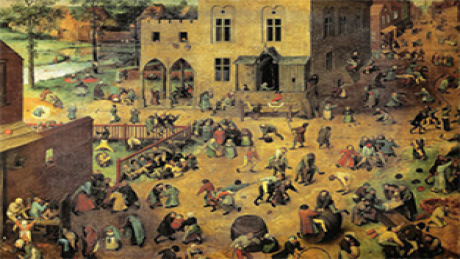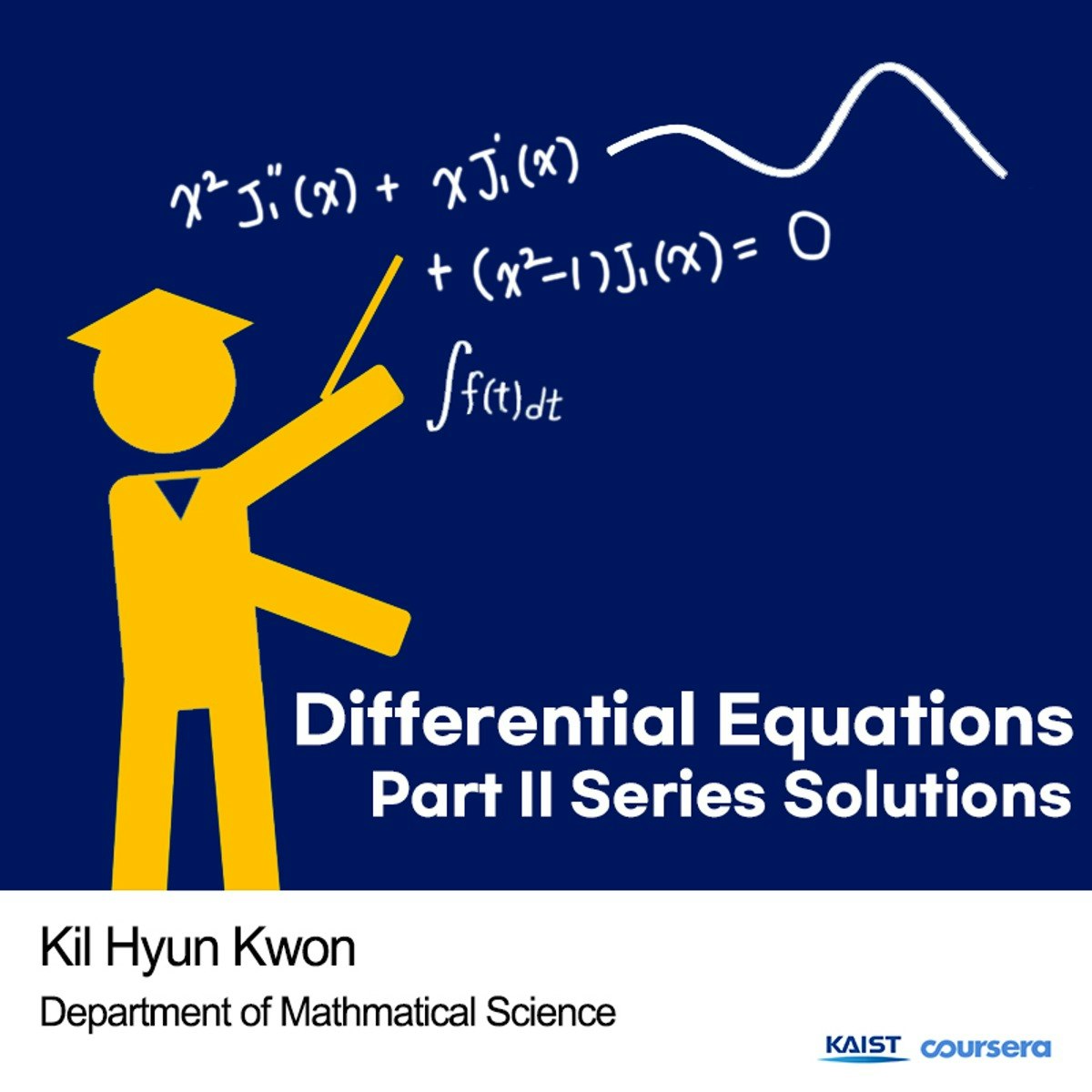Back to Courses









Math And Logic Courses - Page 7
Showing results 61-70 of 148

Product Development using AutoCAD
By the end of this 1-hour long project-based course, you will be able to design and draw 2D products customized to fit your needs using AutoCAD Design. Throughout the project, you will be equipped with the fundamentals of AutoCAD design, you will be able to draw lines and basic shapes . Afterwards, you will learn how to modify those shapes according to your product drawings.
At the end, you will apply all this to create a 2D spinner drawing. Learning AutoCAD and being professional at it allows you to design a wide range of products, opens up freelancing opportunities for product design and lastly an asset that can be added for your design skills set.
Note: This course works best for learners who are based in the North America region. We’re currently working on providing the same experience in other regions.
Shortest Paths Revisited, NP-Complete Problems and What To Do About Them
The primary topics in this part of the specialization are: shortest paths (Bellman-Ford, Floyd-Warshall, Johnson), NP-completeness and what it means for the algorithm designer, and strategies for coping with computationally intractable problems (analysis of heuristics, local search).

Classical Cryptosystems and Core Concepts
Welcome to Introduction to Applied Cryptography. Cryptography is an essential component of cybersecurity. The need to protect sensitive information and ensure the integrity of industrial control processes has placed a premium on cybersecurity skills in today’s information technology market. Demand for cybersecurity jobs is expected to rise 6 million globally by 2019, with a projected shortfall of 1.5 million, according to Symantec, the world’s largest security software vendor. According to Forbes, the cybersecurity market is expected to grow from $75 billion in 2015 to $170 billion by 2020. In this specialization, you will learn basic security issues in computer communications, classical cryptographic algorithms, symmetric-key cryptography, public-key cryptography, authentication, and digital signatures. These topics should prove especially useful to you if you are new to cybersecurity Course 1, Classical Cryptosystems, introduces you to basic concepts and terminology related to cryptography and cryptanalysis. It is recommended that you have a basic knowledge of computer science and basic math skills such as algebra and probability.

Calculus through Data & Modelling: Techniques of Integration
In this course, we build on previously defined notions of the integral of a single-variable function over an interval. Now, we will extend our understanding of integrals to work with functions of more than one variable. First, we will learn how to integrate a real-valued multivariable function over different regions in the plane. Then, we will introduce vector functions, which assigns a point to a vector. This will prepare us for our final course in the specialization on vector calculus. Finally, we will introduce techniques to approximate definite integrals when working with discrete data and through a peer reviewed project on, apply these techniques real world problems.
Game Theory II: Advanced Applications
Popularized by movies such as "A Beautiful Mind", game theory is the mathematical modeling of strategic interaction among rational (and irrational) agents. Over four weeks of lectures, this advanced course considers how to design interactions between agents in order to achieve good social outcomes. Three main topics are covered: social choice theory (i.e., collective decision making and voting systems), mechanism design, and auctions.
In the first week we consider the problem of aggregating different agents' preferences, discussing voting rules and the challenges faced in collective decision making. We present some of the most important theoretical results in the area: notably, Arrow's Theorem, which proves that there is no "perfect" voting system, and also the Gibbard-Satterthwaite and Muller-Satterthwaite Theorems. We move on to consider the problem of making collective decisions when agents are self interested and can strategically misreport their preferences. We explain "mechanism design" -- a broad framework for designing interactions between self-interested agents -- and give some key theoretical results. Our third week focuses on the problem of designing mechanisms to maximize aggregate happiness across agents, and presents the powerful family of Vickrey-Clarke-Groves mechanisms. The course wraps up with a fourth week that considers the problem of allocating scarce resources among self-interested agents, and that provides an introduction to auction theory.
You can find a full syllabus and description of the course here: http://web.stanford.edu/~jacksonm/GTOC-II-Syllabus.html
There is also a predecessor course to this one, for those who want to learn or remind themselves of the basic concepts of game theory: https://www.coursera.org/learn/game-theory-1
An intro video can be found here: http://web.stanford.edu/~jacksonm/Game-Theory-2-Intro.mp4

Calculus through Data & Modeling: Differentiation Rules
Calculus through Data & Modeling: Differentiation Rules continues the study of differentiable calculus by developing new rules for finding derivatives without having to use the limit definition directly. These differentiation rules will enable the calculation of rates of change with relative ease the derivatives of polynomials, rational functions, algebraic functions, exponential and logarithmic functions, and trigonometric and inverse trigonometric functions. Once these rules are developed, they are then applied to solve problems involving rates of change and the approximation of functions.

Building on the SIR Model
The other two courses in this specialisation require you to perform deterministic modelling - in other words, the epidemic outcome is predictable as all parameters are fully known. However, this course delves into the many cases – especially in the early stages of an epidemic – where chance events can be influential in the future of an epidemic. So, you'll be introduced to some examples of such ‘stochasticity’, as well as simple approaches to modelling these epidemics using R. You will examine how to model infections for which such ‘population structure’ plays an important role in the transmission dynamics, and will learn some of the basic approaches to modelling vector-borne diseases, including the Ross-McDonald Model.
Even if you are not designing and simulating mathematical models in future, it is important to be able to critically assess a model so as to appreciate its strengths and weaknesses, and identify how it could be improved. One way of gaining this skill is to conduct a critical peer review of a modelling study as a reviewer, which is an opportunity you'll get by taking this course.

Mathematics for Machine Learning: Multivariate Calculus
This course offers a brief introduction to the multivariate calculus required to build many common machine learning techniques. We start at the very beginning with a refresher on the “rise over run” formulation of a slope, before converting this to the formal definition of the gradient of a function. We then start to build up a set of tools for making calculus easier and faster. Next, we learn how to calculate vectors that point up hill on multidimensional surfaces and even put this into action using an interactive game. We take a look at how we can use calculus to build approximations to functions, as well as helping us to quantify how accurate we should expect those approximations to be. We also spend some time talking about where calculus comes up in the training of neural networks, before finally showing you how it is applied in linear regression models. This course is intended to offer an intuitive understanding of calculus, as well as the language necessary to look concepts up yourselves when you get stuck. Hopefully, without going into too much detail, you’ll still come away with the confidence to dive into some more focused machine learning courses in future.

Differential Equations Part II Series Solutions
This introductory courses on (Ordinary) Differential Equations are mainly for the people, who need differential equations mostly for the practical use in their own fields. So we try to provide basic terminologies, concepts, and methods of solving various types of differential equations as well as a rudimentary but indispensable knowledge of the underlying theory and some related applications.
The prerequisites of the courses is one- or two- semester calculus course and some exposure to the elementary theory of matrices like determinants, Cramer’s Rule for solving linear systems of equations, eigenvalues and eigenvectors.

Applied Calculus with Python
This course is designed for the Python programmer who wants to develop the foundations of Calculus to help solve challenging problems as well as the student of mathematics looking to learn the theory and numerical techniques of applied calculus implemented in Python. By the end of this course, you will have learned how to apply essential calculus concepts to develop robust Python applications that solve a variety of real-world challenges. Video lectures, readings, worked examples, assessments, and Python code are all provided in the course. These are used to illustrate techniques to solve equations, work with functions, and compute and apply derivatives and integrals. If you are interested in starting to develop concepts in fields such as applied math, data science, cybersecurity, or artificial intelligence, or just need a refresher of calculus or coding in Python, then this course is right for you.
Popular Internships and Jobs by Categories
Find Jobs & Internships
Browse
© 2024 BoostGrad | All rights reserved